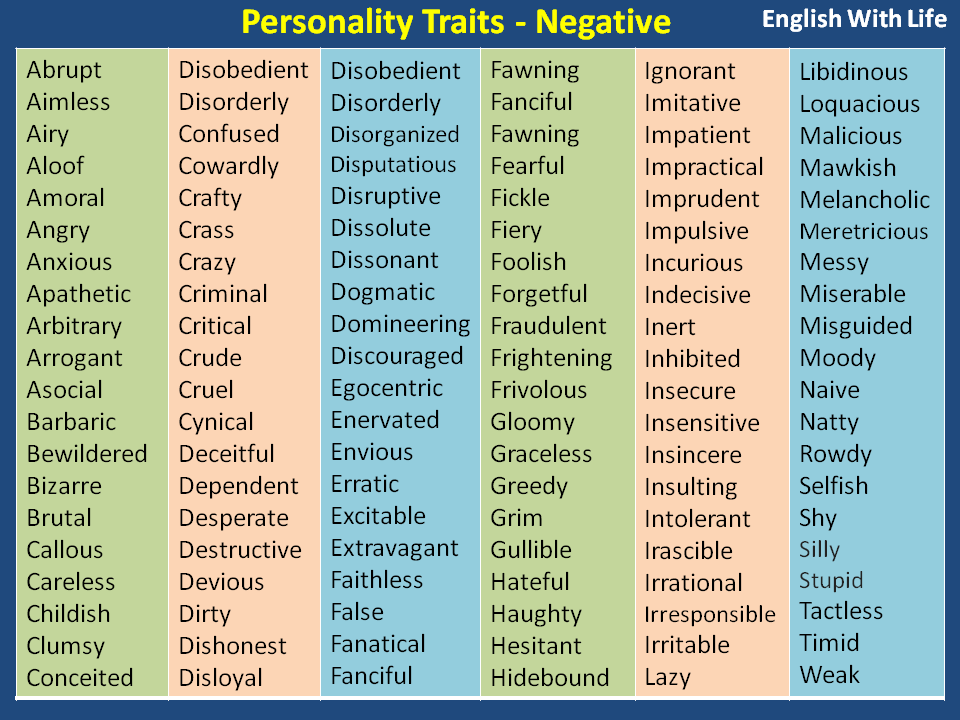Children learning how to read
How Do Children Learn to Read?
Understanding how sounds are connected to print
In an English alphabetic system, the individual letters on the page are abstract and meaningless, in and of themselves. They must eventually be linked to equally abstract sounds called phonemes, blended together and pronounced as words, where meaning is finally realized.
To learn to read English, the child must figure out the relationship between sounds and letters. Thus, the beginning reader must learn the connections between the approximately 44 sounds of spoken English (the phonemes), and the 26 letters of the alphabet.
What our NICHD research has taught us is that in order for a beginning reader to learn how to connect or translate printed symbols (letters and letter patterns) into sound, the would-be reader must understand that our speech can be segmented or broken into small sounds (phoneme awareness) and that the segmented units of speech can be represented by printed forms (phonics).
This understanding that written spellings systematically represent the phonemes of spoken words (termed the alphabetic principle) is absolutely necessary for the development of accurate and rapid word reading skills.
Why are phoneme awareness and the development of the alphabetic principle so critical for the beginning reader? Because if children cannot perceive the sounds in spoken words – for example, if they cannot "hear" the at sound in fat and cat and perceive that the difference lies in the first sound, they will have difficulty decoding or "sounding out" words in a rapid and accurate fashion.
This awareness of the sound structure of our language seems so easy and commonplace that we take it for granted. But many children do not develop phoneme awareness, and for some interesting reasons that we are now beginning to understand.
From the NICHD studies that were initiated in 1965 to understand how the reading process develops, we now have strong evidence that it is not the ear that understands that a spoken word like cat is divided into three sounds and that these discrete sounds can be linked to the letters C-A-T.
Rather, we know it is the language systems in the brain that performs this function. In some youngsters, the brain seems to have an easy time processing this type of information.
However, in many children that skill is only learned with difficulty, and thus must be taught directly, explicitly, and by a well-prepared and informed teacher.
It also has become clear that the development of these critical early reading-related skills, such as phoneme awareness and phonics, are fostered when children are read to at home during the preschool years, when they learn their letter and number names, and when they are introduced at very early ages to concepts of print and literacy activities.
Does this mean that children who have a difficulty understanding that spoken words are composed of discrete individual sounds that can be linked to letters suffer from brain dysfunction or damage? Not at all.
It simply means that the neural systems that perceive the phonemes in our language are less efficient in these children than in other children.
The development of phoneme awareness, the development of an understanding of the alphabetic principle, and the translation of these skills to the application of phonics in reading and spelling words are non-negotiable beginning reading skills that all children must master in order to understand what they read and to learn from their reading sessions.
But the development of phoneme awareness and phonics, while necessary, are not sufficient for learning to read the English language so that meaning can be derived from print. In addition to learning how to "sound out" new and/or unfamiliar words, the beginning reader must eventually become proficient in reading at a fast pace larger units of print such as syllable patterns, meaningful roots, suffixes, and whole words.
The development of reading fluency
While the ability to read words accurately is a necessary skill in learning to read, the speed at which this is done becomes a critical factor in ensuring that children understand what they read.
Children vary in the amount of practice that is required for fluency and automaticity in reading to occur. Some youngsters can read a word only once to recognize it again with greater speed; others need 20 or more exposures. The average child needs between four and 14 exposures to automatize the recognition of a new word.
Therefore, in learning to read, it is vital that children read a large amount of text at their independent reading level (with 95 percent accuracy), and that the text provide specific practice in the skills being learned.
It is also important to note that spelling instruction fosters the development of reading fluency. Through spelling instruction, youngsters receive many examples of how letters represent the sounds of speech and also alert the young reader to the fact that written words are made up of larger units of print (like syllables). This insight lets the developing reader know that word recognition can be accomplished by reading words in larger "chunks" rather than letter-by-letter.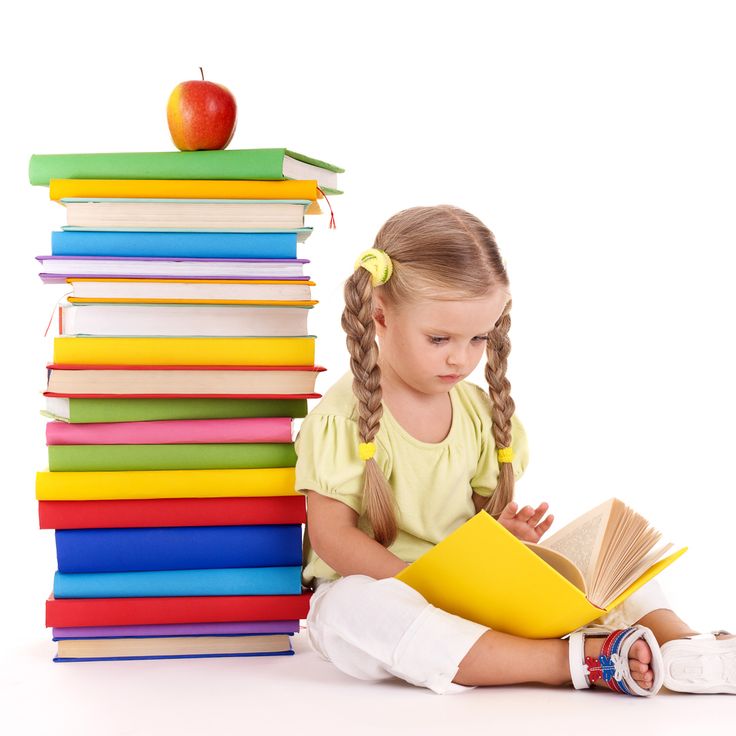
Constructing meaning from print
The ultimate goal of reading instruction is to enable children to understand what they read.
The ability to understand what is read appears to be based on several factors. Children who comprehend well, seem to be able to activate their relevant background knowledge when reading – that is, they can relate what is on the page to what they already know.
Good comprehenders also must have good vocabularies, since it is extremely difficult to understand something you can not define.
Good comprehenders also have a knack for summarizing, predicting, and clarifying what they have read, and they frequently use questions to guide their understanding.
Good comprehenders are also facile in employing the sentence structure within the text to enhance their comprehension.
In general, if children can read the words on a page accurately and fluently, they will be able to construct meaning at two levels. At the first level, literal understanding is achieved.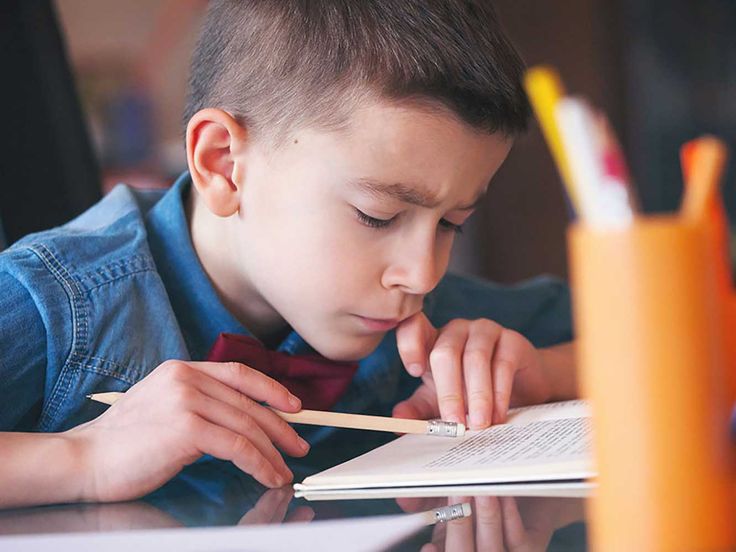 However, constructing meaning requires far more than literal comprehension.
However, constructing meaning requires far more than literal comprehension.
The children must eventually actively guide themselves through text by asking questions like, "Why am I reading this and how does this information relate to my reasons for doing so?," "What is the author's point of view?," "Do I understand what the author is saying and why?," "Is the text internally consistent?," and so on. It is this second level of comprehension that leads readers to reflective, purposeful understanding of the meaning of what they have read.
The development of reading comprehension skills, like the development of phoneme awareness, phonics, and reading fluency, needs to be fostered by highly trained teachers.
Recent research shows that the teacher must arrange for opportunities for students to discuss the highlights of what they have read and any difficulties they have had when reading.
Children's reflections on what they have read can also be directly fostered through instruction in comprehension strategies.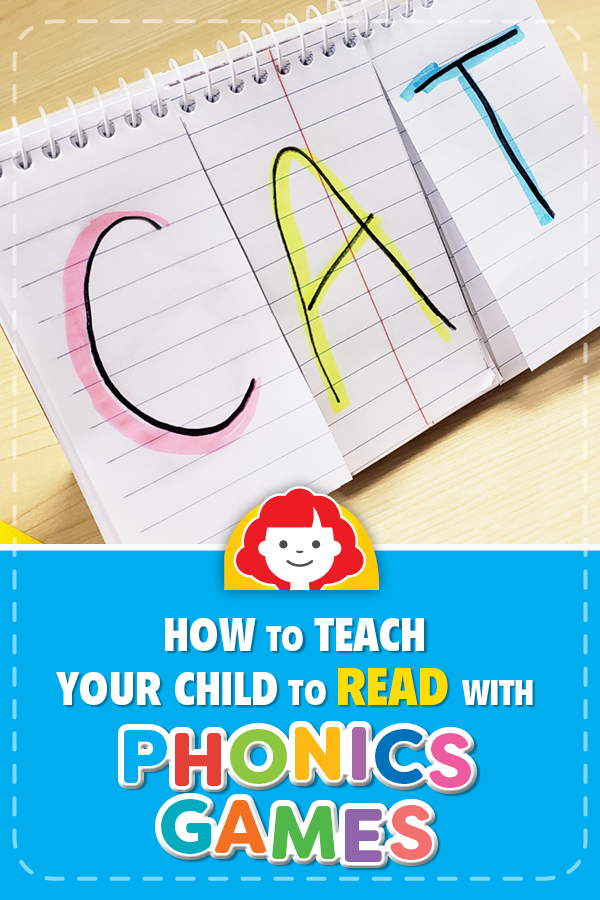 These sorts of discussions and activities should be conducted throughout a range of literacy genres, both fiction and nonfiction, and should be a regular component of the language arts curriculum throughout the children's school years.
These sorts of discussions and activities should be conducted throughout a range of literacy genres, both fiction and nonfiction, and should be a regular component of the language arts curriculum throughout the children's school years.
Other factors that influence learning to read
Our research continues to converge on the following findings.
Good readers are phonemically aware, understand the alphabetic principle, can apply these skills to the development and application of phonics skills when reading and spelling words, and can accomplish these applications in a fluent and accurate manner.
Given the ability to rapidly and automatically decode and recognize words, good readers bring strong vocabularies and good syntactic and grammatical skills to the reading comprehension process, and actively relate what is being read to their own background knowledge via a variety of strategies.
But what factors can provide a firm foundation for these skills to develop?
It is clear from research on emerging literacy that learning to read is a relatively lengthy process that begins very early in development and clearly before children enter formal schooling.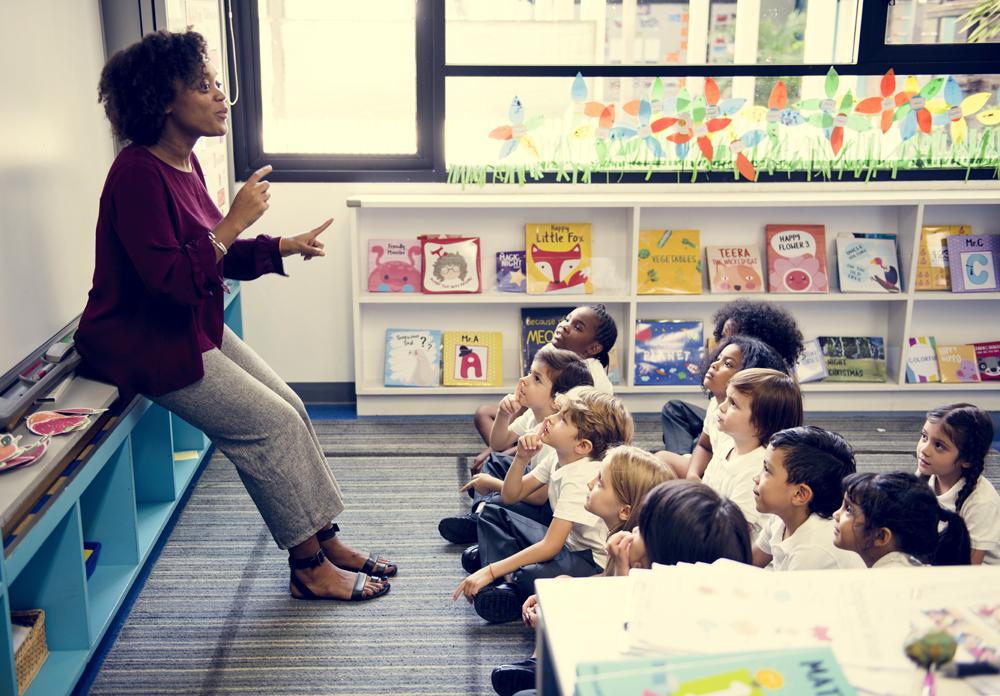
Children who receive stimulating literacy experiences from birth onward appear to have an edge when it comes to vocabulary development, understanding the goals of reading, and developing an awareness of print and literacy concepts.
Children who are read to frequently at very young ages become exposed in interesting and exciting ways to the sounds of our language, to the concept of rhyming, and to other word and language play activities that serve to provide the foundation for the development of phoneme awareness.
As children are exposed to literacy activities at young ages, they begin to recognize and discriminate letters. Without a doubt, children who have learned to recognize and print most letters as preschoolers will have less to learn upon school entry. The learning of letter names is also important because the names of many letters contain the sounds they most often represent, thus orienting youngsters early to the alphabetic principle or how letters and sounds connect.
Ultimately, children's ability to understand what they are reading is inextricably linked to their background knowledge. Very young children who are provided opportunities to learn, think, and talk about new areas of knowledge will gain much from the reading process. With understanding comes the clear desire to read more and to read frequently, ensuring that reading practice takes place.
How Most Children Learn to Read
By: Derry Koralek, Ray Collins
Between the ages of four and nine, your child will have to master some 100 phonics rules, learn to recognize 3,000 words with just a glance, and develop a comfortable reading speed approaching 100 words a minute. He must learn to combine words on the page with a half-dozen squiggles called punctuation into something – a voice or image in his mind that gives back meaning. (Paul Kropp, 1996)
Emerging literacy
Emerging literacy describes the gradual, ongoing process of learning to understand and use language that begins at birth and continues through the early childhood years (i.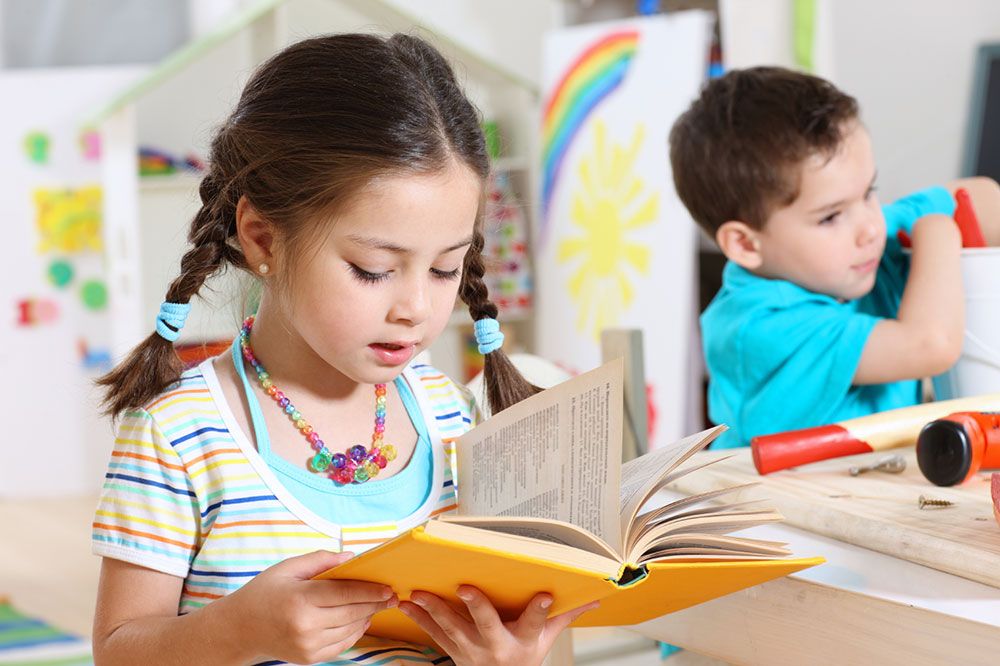 e., through age eight). During this period children first learn to use oral forms of language (listening and speaking) and then begin to explore and make sense of written forms (reading and writing).
e., through age eight). During this period children first learn to use oral forms of language (listening and speaking) and then begin to explore and make sense of written forms (reading and writing).
Listening and speaking
Emerging literacy begins in infancy as a parent lifts a baby, looks into her eyes, and speaks softly to her. It's hard to believe that this casual, spontaneous activity is leading to the development of language skills. This pleasant interaction helps the baby learn about the give and take of conversation and the pleasures of communicating with other people.
Young children continue to develop listening and speaking skills as they communicate their needs and desires through sounds and gestures, babble to themselves and others, say their first words, and rapidly add new words to their spoken vocabularies. Most children who have been surrounded by language from birth are fluent speakers by age three, regardless of intelligence, and without conscious effort.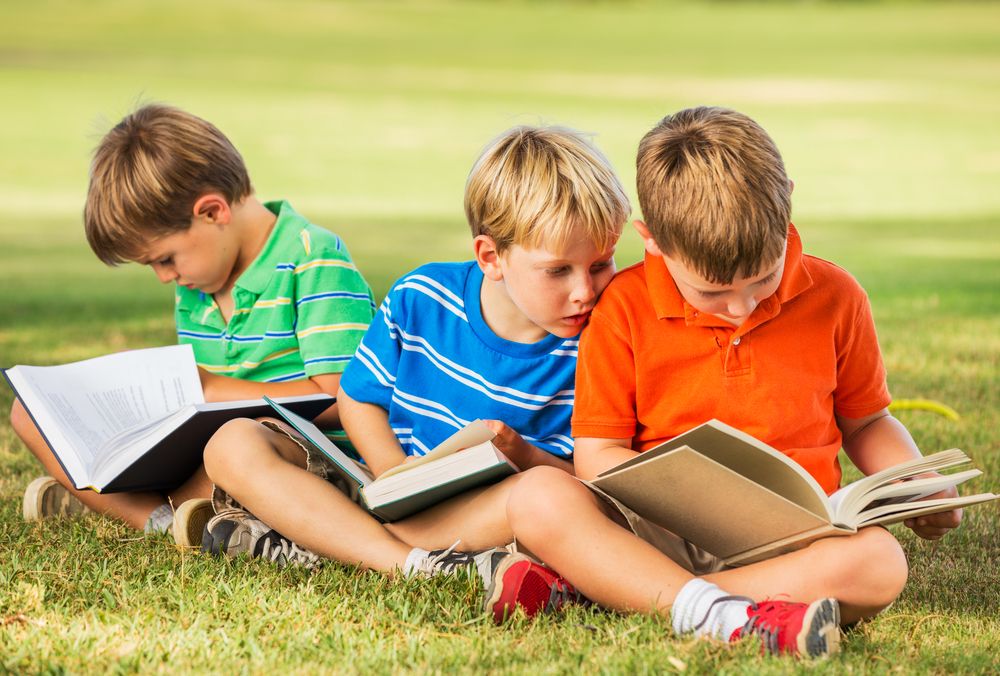
Each of the 6,000 languages in the world uses a different assortment of phonemes – the distinctive sounds used to form words. When adults hear another language, they may not notice the differences in phonemes not used in their own language. Babies are born with the ability to distinguish these differences. Their babbles include many more sounds than those used in their home language. At about 6 to 10 months, babies begin to ignore the phonemes not used in their home language. They babble only the sounds made by the people who talk with them most often.
During their first year, babies hear speech as a series of distinct, but meaningless words. By age 1, most children begin linking words to meaning. They understand the names used to label familiar objects, body parts, animals, and people. Children at this stage simplify the process of learning these labels by making three basic assumptions:
- Labels (words) refer to a whole object, not parts or qualities (Flopsy is a beloved toy, not its head or color).

- Labels refer to classes of things rather than individual items (Doggie is the word for all four-legged animals).
- Anything that has a name can only have one name (for now, Daddy is Daddy, and not a man or Jake).
As children develop their language skills, they give up these assumptions and learn new words and meanings. From this point on, children develop language skills rapidly. Here is a typical sequence:
- At about 18 months, children add new words to their vocabulary at the astounding rate of one every 2 hours.
- By age 2, most children have 1 to 2,000 words and combine two words to form simple sentences such as: "Go out." "All gone."
- Between 24 to 30 months, children speak in longer sentences.
- From 30 to 36 months, children begin following the rules for expressing tense and number and use words such as some, would, and who.
Reading and writing
At the same time as they are gaining listening and speaking skills, young children are learning about reading and writing.
At home and in child care, Head Start, or school, they listen to favorite stories and retell them on their own, play with alphabet blocks, point out the logo on a sign for a favorite restaurant, draw pictures, scribble and write letters and words, and watch as adults read and write for pleasure and to get jobs done.
Young children make numerous language discoveries as they play, explore, and interact with others. Language skills are primary avenues for cognitive development because they allow children to talk about their experiences and discoveries. Children learn the words used to describe concepts such as up and down, and words that let them talk about past and future events.
Many play experiences support children's emerging literacy skills. Sorting, matching, classifying, and sequencing materials such as beads, a box of buttons, or a set of colored cubes, contribute to children's emerging literacy skills. Rolling playdough and doing fingerplays help children strengthen and improve the coordination of the small muscles in their hands and fingers.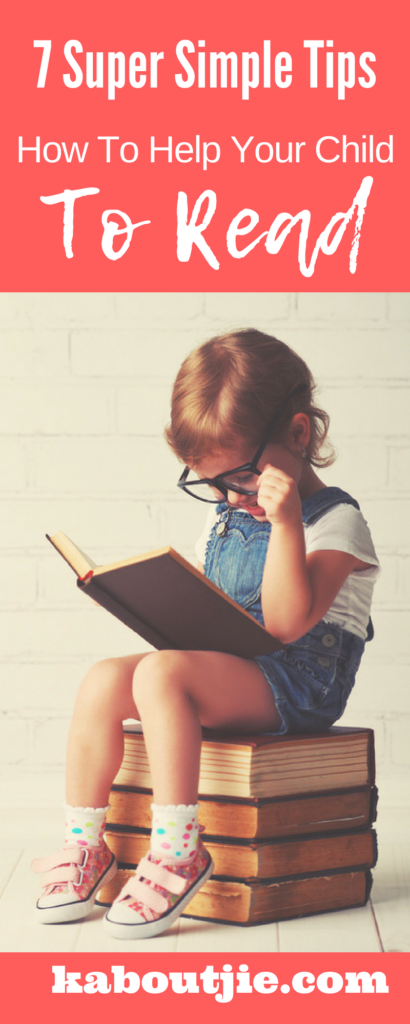 They use these muscles to control writing tools such as crayons, markers, and brushes.
They use these muscles to control writing tools such as crayons, markers, and brushes.
As their language skills grow, young children tell stories, identify printed words such as their names, write their names on paintings and creations, and incorporate writing in their make-believe play. After listening to a story, they talk about the people, feelings, places, things, and events in the book and compare them to their own experiences.
Reading and writing skills develop together. Children learn about writing by seeing how the print in their homes, classrooms, and communities provides information. They watch and learn as adults write – to make a list, correspond with a friend, or do a crossword puzzle. They also learn from doing their own writing.
The chart below offers examples of activities preschool and kindergarten children engage in, and describes how they are related to reading and writing.
What children might do | How it relates to reading and writing |
|---|---|
Make a pattern with objects such as buttons, beads, small colored cubes.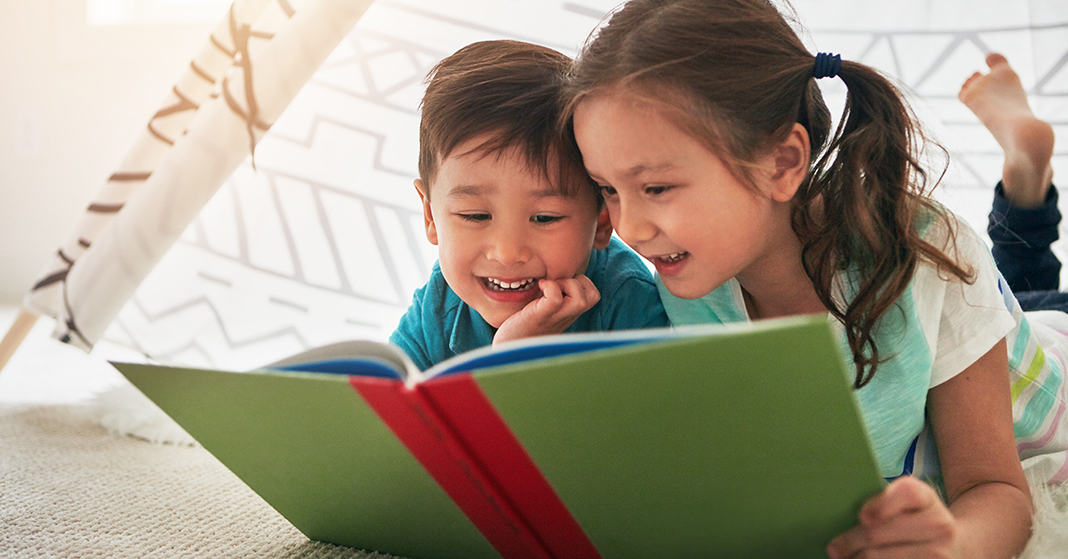 | By putting things in a certain order, children gain an understanding of sequence. This will help them discover that the letters in words must go in a certain order. |
| Listen to a story, then talk with their families, teachers, or tutors and each other about the plot, characters, what might happen next, and what they liked about the book. | Children enjoy read-aloud sessions. They learn that books can introduce people, places, and ideas and describe familiar experiences. Listening and talking helps children build their vocabularies. They have fun while learning basic literacy concepts such as: print is spoken words that are written down, print carries meaning, and we read from left to right, from the top to the bottom of a page, and from the front to the back of a book. |
| Play a matching game such as concentration or picture bingo. | Seeing that some things are exactly the same leads children to the understanding that the letters in words must be written in the same order every time to carry meaning. |
| Move to music while following directions such as, put your hands up, down, in front, in back, to the left, to the right. Now wiggle all over. | Children gain an understanding of concepts such as up/down, front/back, and left/right, and add these words to their vocabularies. Understanding these concepts leads to knowledge of how words are read and written on a page. |
| Recite rhyming poems introduced by a parent, teacher, or tutor, and make up new rhymes on their own. | Children become aware of phonemes – the smallest units of sounds that make up words. This awareness leads to reading and writing success. |
| Make signs for a pretend grocery store. | Children practice using print to provide information – in this case, the price of different foods. |
| Retell a favorite story to another child or a stuffed animal. | Children gain confidence in their ability to learn to read. They practice telling the story in the order it was read to them – from the beginning to the middle to the end.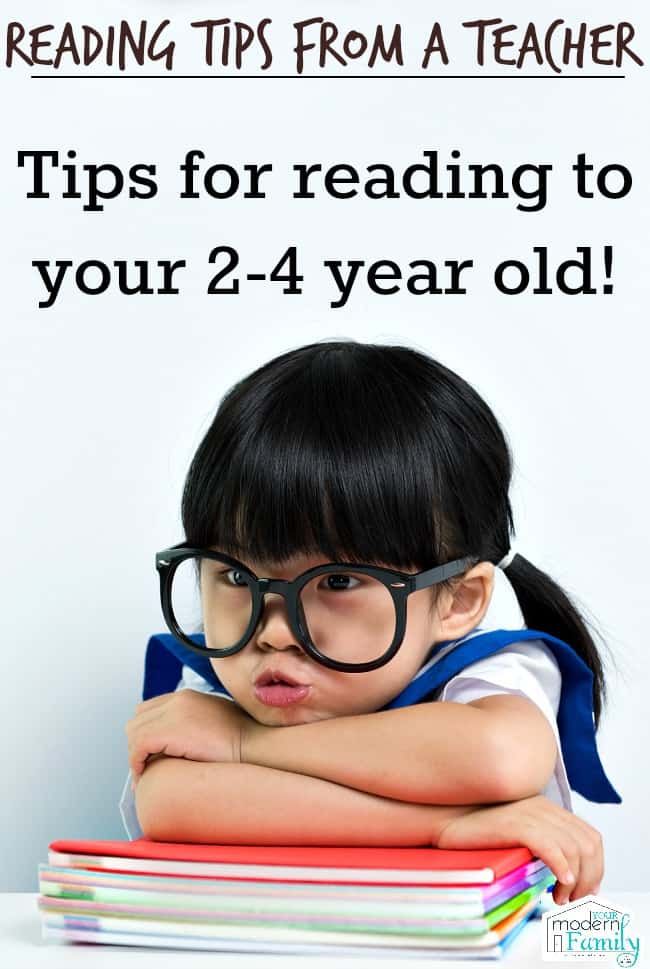 |
| Use invented spelling to write a grocery list at the same time as a parent is writing his or her own list. | Children use writing to share information with others. By watching an adult write, they are introduced to the conventions of writing. Using invented spelling encourages phonemic awareness. |
| Sign their names (with a scribble, a drawing, some of the letters, or "correctly") on an attendance chart, painting, or letter. | Children are learning that their names represent them and that other words represent objects, emotions, actions, and so on. They see that writing serves a purpose to let their teacher know they have arrived, to show others their art work, or to tell someone who sent a letter. |
Becoming readers and writers
By the time most children leave the preschool years and enter kindergarten, they have learned a lot about language. For five years, they have watched, listened to, and interacted with adults and other children.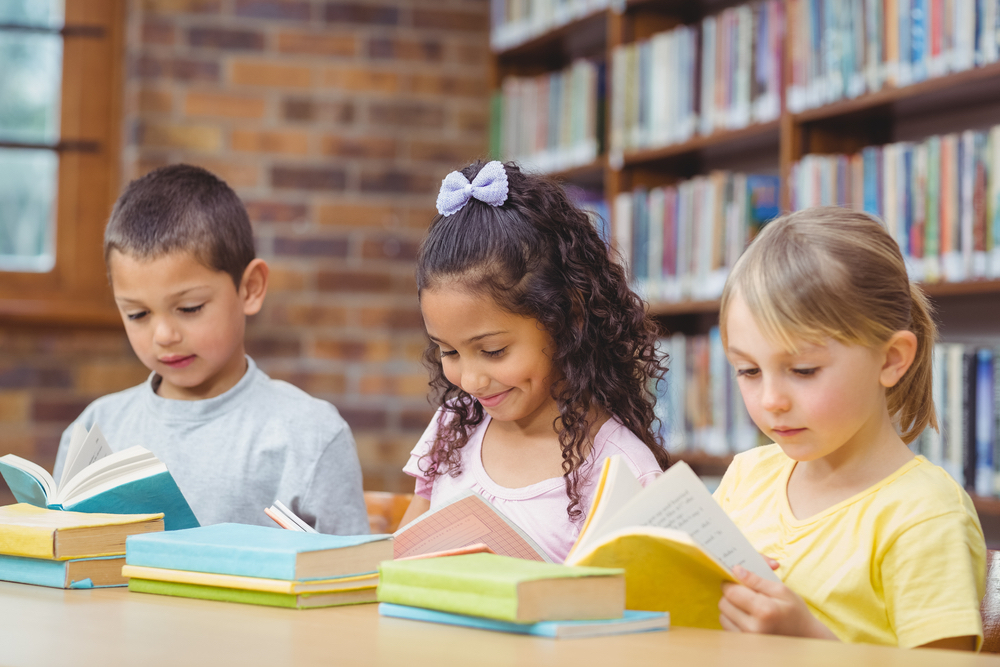 They have played, explored, and made discoveries at home and in child development settings such as Head Start and child care.
They have played, explored, and made discoveries at home and in child development settings such as Head Start and child care.
Kindergarten
Beginning or during kindergarten, most children have naturally developed language skills and knowledge. They…
Know print carries meaning by:
- Turning pages in a storybook to find out what happens next
- "writing" (scribbling or using invented spelling) to communicate a message
- Using the language and voice of stories when narrating their stories
- Dictating stories
Know what written language looks like by:
- Recognizing that words are combinations of letters
- Identifying specific letters in unfamiliar words
- Writing with "mock" letters or writing that includes features of real letters
Can identify and name letters of the alphabet by:
- Saying the alphabet
- Pointing out letters of the alphabet in their own names and in written texts
Know that letters are associated with sounds by:
- Finger pointing while reading or being read to
- Spelling words phonetically, relating letters to the sounds they hear in the word
Know the sounds that letters make by:
- Naming all the objects in a room that begin with the same letter
- Pointing to words in a text that begin with the same letter
- Picking out words that rhyme
- Trying to sound out new or unfamiliar words while reading out loud
- Representing words in writing by their first sound (e.
 g., writing d to represent the word dog)
g., writing d to represent the word dog)
Know using words can serve various purposes by:
- Pointing to signs for specific places, such as a play area, a restaurant, or a store
- Writing for different purposes, such as writing a (pretend) grocery list, writing a thank-you letter, or writing a menu for play
Know how books work by:
- Holding the book right side up
- Turning pages one at a time
- Reading from left to right and top to bottom
- Beginning reading at the front and moving sequentially to the back
Because children have been learning language since birth, most are ready to move to the next step – mastering conventional reading and writing. To become effective readers and writers children need to:
- Recognize the written symbols letters and words used in reading and writing
- Write letters and form words by following conventional rules
- Use routine skills and thinking and reasoning abilities to create meaning while reading and writing
The written symbols we use to read and write are the 26 upper and lower case letters of the alphabet. The conventional rules governing how to write letters and form words include writing letters so they face in the correct direction, using upper and lower case versions, spelling words correctly, and putting spaces between words.
The conventional rules governing how to write letters and form words include writing letters so they face in the correct direction, using upper and lower case versions, spelling words correctly, and putting spaces between words.
Routine skills refer to the things readers do automatically, without stopping to think about what to do. We pause when we see a comma or period, recognize high-frequency sight words, and use what we already know to understand what we read. One of the critical routine skills is phonemic awareness – the ability to associate specific sounds with specific letters and letter combinations.
Research has shown that phonemic awareness is the best predictor of early reading skills. Phonemes, the smallest units of sounds, form syllables, and words are made up of syllables. Children who understand that spoken language is made up of discrete sounds – phonemes and syllables – find it easier to learn to read.
Many children develop phonemic awareness naturally, over time.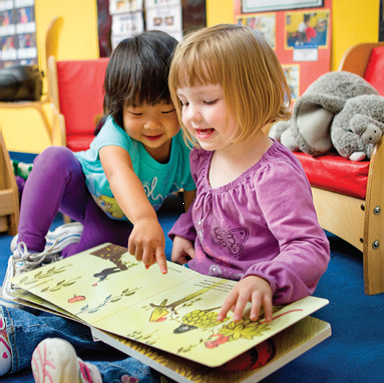 Simple activities such as frequent readings of familiar and favorite stories, poems, and rhymes can help children develop phonemic awareness. Other children may need to take part in activities designed to build this basic skill.
Simple activities such as frequent readings of familiar and favorite stories, poems, and rhymes can help children develop phonemic awareness. Other children may need to take part in activities designed to build this basic skill.
Thinking and reasoning abilities help children figure out how to read and write unfamiliar words. A child might use the meaning of a previous word or phrase, look at a familiar prefix or suffix, or recall how to pronounce a letter combination that appeared in another word.
First and second grades
By the time most children have completed the first and second grades, they have naturally developed the following language skills and knowledge. They…
Improve their comprehension while reading a variety of simple texts by:
- Thinking about what they already know
- Creating and changing mental pictures
- Making, confirming, and revising predictions
- Rereading when confused
Apply word-analysis skills while reading by:
- Using phonics and simple context clues to figure out unknown words
- Using word parts (e.
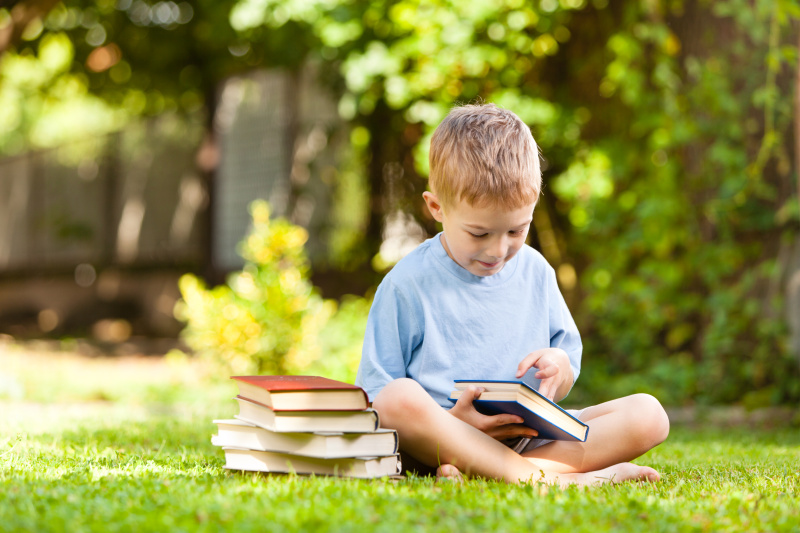 g., root words, prefixes, suffixes, similar words) to figure out unfamiliar words
g., root words, prefixes, suffixes, similar words) to figure out unfamiliar words
Understand elements of literature (e.g., author, main character, setting) by:
- Coming to a conclusion about events, characters, and settings in stories
- Comparing settings, characters, and events in different stories
- Explaining reasons for characters acting the way they do in stories
Understand the characteristics of various simple genres (e.g., fables, realistic fiction, folk tales, poetry, and humorous stories) by:
- Explaining the differences among simple genres
- Writing stories that contain the characteristics of a selected genre
Use correct and appropriate conventions of language when responding to written text by:
- Spelling common high-frequency words correctly
- Using capital letters, commas, and end punctuation correctly
- Writing legibly in print and/or cursive
- Using appropriate and varied word choice
- Using complete sentences
The chart below offers examples of activities children engage in and describes how they are related to reading and writing.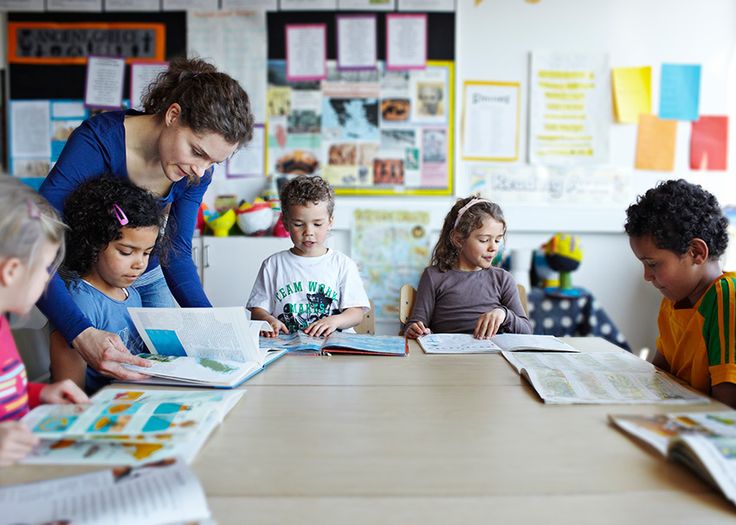
What children might do | How it relates to reading and writing |
|---|---|
| Discuss the rules for an upcoming field trip, watch their teacher write them on a large sheet of paper, and join in when she reads the rules aloud. | Children experience first-hand how different forms of language – listening, speaking, reading, and writing – are connected. They see language used for a purpose, in this case to prepare for their field trip. They see their words written down and hear them read aloud. |
| Look in a book to find the answer to a question. | Children know that print provides information. They use books as a resource to learn about the world. |
| Read and reread a book independently for several days after the teacher reads it aloud to the class. | Children read and reread the book because it's fun and rewarding.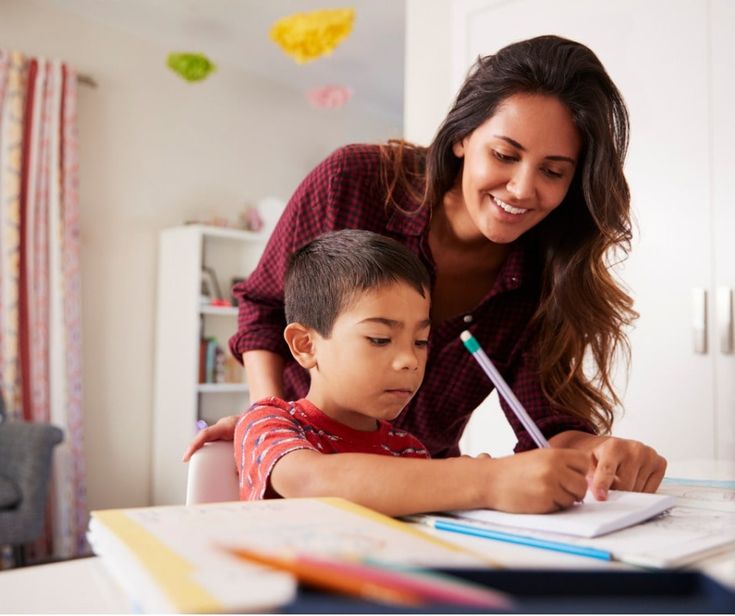 They can recall some of the words the teacher reads aloud and figure out others because they remember the sequence and meaning of the story. They can recall some of the words the teacher reads aloud and figure out others because they remember the sequence and meaning of the story. |
| Read some words easily without stopping to decode them. | Children gradually build a sight vocabulary that includes a majority of the words used most often in the English language. They can read these words automatically. |
| Read words they have never seen before. | Children use what they already know about letter combinations, root words, prefixes, suffixes, and clues in the pictures or story to figure out new words. |
| Use new words while talking and writing. | Children build their vocabularies by reading and talking, sharing ideas, discussing a question, listening to others talk, and exploring their interests. Using new words helps them fully understand the meaning of the words. |
Recognize their own spelling mistakes and ask for help to make corrections.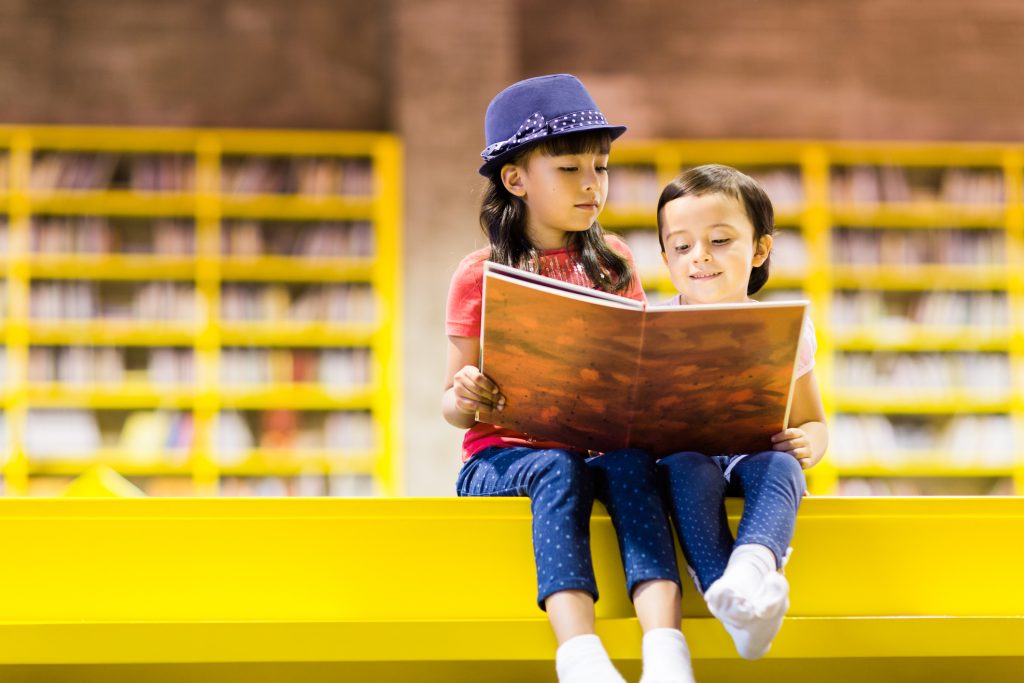 | Children understand that spelling is not just matching sounds with letters. They are learning the basic rules that govern spelling and the exceptions to the rules. |
| Ask questions about what they read. | Children understand that there is more to reading than pronouncing words correctly. They may ask questions to clarify what they have read or to learn more about the topic. |
| Choose to read during free time at home, at school, and in out-of-school programs. | Children learn to enjoy reading independently, particularly when they can read books of their own choosing. The more children read, the better readers they become. |
Key points about development
- Children develop in four, interrelated areas – cognitive and language, physical, social, and emotional.
- Most children follow the same sequence and pattern for development, but do so at their own pace.
- Language skills are closely tied to and affected by cognitive, social, and emotional development.

- Children first learn to listen and speak, then use these and other skills to learn to read and write.
- Children's experiences and interactions in the early years are critical to their brain development and overall learning.
- Emerging literacy is the gradual, ongoing process of learning to understand and use language.
- Children make numerous language discoveries as they play, explore, and interact with others.
- Children build on their language discoveries to become conventional readers and writers.
- Effective readers and writers recognize letters and words, follow writing rules, and create meaning from text.
- Successful programs to promote children's reading and literacy development should be based on an understanding of child development, recent research on brain development, and the natural ongoing process through which most young children acquire language skills and become readers and writers.
methods of teaching reading to the first grade
When to teach a child to read
There are early development studios where children are taught to read from the first years of life. However, pediatricians do not recommend rushing and advise starting learning to read no earlier than 4 years old, best of all - at 5–6. By this age, most children already distinguish sounds well, can correctly compose sentences and pronounce words. Therefore, most often parents think about how to teach their child to read, already on the eve of school.
However, pediatricians do not recommend rushing and advise starting learning to read no earlier than 4 years old, best of all - at 5–6. By this age, most children already distinguish sounds well, can correctly compose sentences and pronounce words. Therefore, most often parents think about how to teach their child to read, already on the eve of school.
How to know if your child is ready to learn to read
Before you start teaching your child to read, you need to make sure that the child is ready and wants to learn. To do this, try to answer the following questions:
- Does the child know the concepts of “right-left”, “big-small”, “inside-outside”?
- Can he generalize objects according to these characteristics?
- Can he distinguish between similar and dissimilar forms?
- Is he able to remember and execute at least three instructions?
- Does he form phrases correctly?
- Does he pronounce words clearly?
- Can he retell a story he heard or experienced?
- Can he formulate his feelings and impressions?
- Can you predict the ending of a simple story?
- Does he manage to participate in the dialogue?
- Can he listen without interrupting?
- Can he rhyme words?
- Do the letters attract his attention?
- Does the child have a desire to independently look at the book?
- Does he like being read aloud to him?
If you answered “yes” to these questions, your child is ready and will soon learn to read correctly.
Methods for teaching reading
Most of the methods involve learning while playing, so that the child is not bored and learns knowledge better.
<
Zaitsev's Cubes
For more than twenty years, these cubes have been introducing children to letters and teaching how to form words and syllables. They allow you to understand how vowels and consonants, deaf and voiced sounds differ. There are 52 cubes in total, each of which depicts warehouses (combinations of a consonant and a vowel). The cubes vary in color and size, the large ones depict hard warehouses, while the small ones are soft. During classes, parents are encouraged to pronounce or sing warehouses so that the child remembers them better.
K Zaitsev's ubikiSource: moya-lyalyas.ru
Vyacheslav Voskobovich's "towers" and "folds"
windows. You can put cubes in them to make syllables. And from several towers you can make a word.
Voskobovich's "towers"Source: catalog-chess.
 ru
ru Skladushki is a book with pictures, educational rhymes and songs. Parents sing them and in parallel show the warehouses in the pictures. The author of the methodology claims that a child of six years old can be taught to read in a month using "folds".
A page from V. Voskobovich's "folds"
Doman's cards
This method of teaching a child to read is based on memorizing whole words, from simple to more complex. First, the child masters the first 15 cards, which the parent shows him for 1-2 seconds and pronounces the words on them. Then the child tries to memorize phrases. This technique helps not only to learn more words, but also develops memory well in general.
Doman cardsSource: friendly-life.ru/kartochki-domana-dlya-samyh-malenkih
Maria Montessori's method of teaching reading
The essence of the Montessori method is that the child is first asked to feel the writing of a letter, and then pronounce it.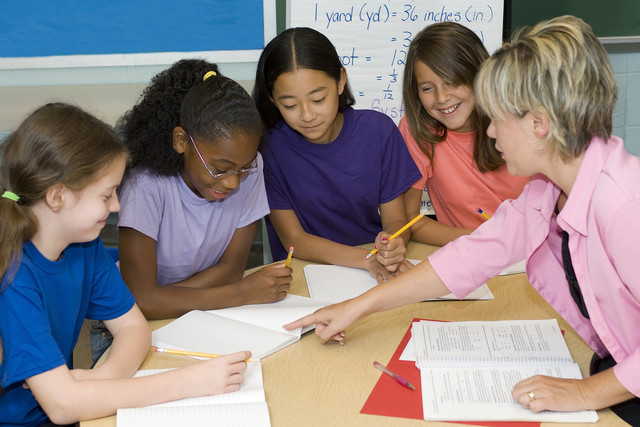 For this, didactic materials are used - cardboard plates with pasted letters, the outline of which the child traces with his finger, naming the sound. After studying consonants and vowels, you can move on to words and phrases. The Montessori method not only helps to learn to read, but also develops fine motor skills, logic, and the ability to analyze.
For this, didactic materials are used - cardboard plates with pasted letters, the outline of which the child traces with his finger, naming the sound. After studying consonants and vowels, you can move on to words and phrases. The Montessori method not only helps to learn to read, but also develops fine motor skills, logic, and the ability to analyze.
Source: hendmeid.guru
Olga Soboleva's technique
The author of this technique believes that you need to start learning not from the abstract alphabet, but immediately in practice - by analyzing simple texts. The Soboleva program allows you to teach a child to read from the age of five - at this age, children are already able to keep their attention on a line of text. Different approaches are offered depending on how it is easier for a child to perceive the world - by eye, by ear or by touch. In addition to reading skills, the technique develops interest in creativity, imagination, attention and memory.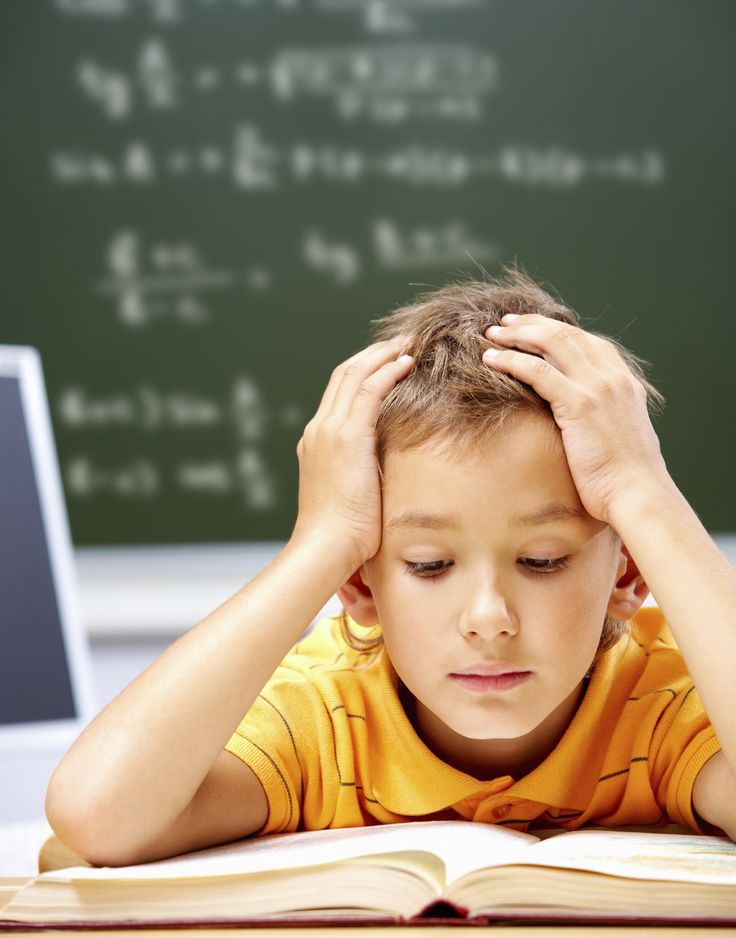
How to teach a child to read by syllables
Teaching a child to read by syllables should be done in stages. First, explain to him that sounds are vowels and consonants, deaf and voiced. Say them with the child - he must understand how they differ. Letters and sounds can be learned while walking: draw your child's attention to the letters on signs and announcements, and soon he will learn to recognize them.
When the child has mastered the letters and sounds, start teaching him to read simple words - "mom", "dad". Then move on to more complex ones - “grandmother”, “dog”, “apartment”. Show your child that syllables can be sung.
Syllabary for learning to read
Next, move on to word formation. You can cut cards with syllables and invite the child to make words out of them. When he gets comfortable, move on to reading short texts. It is better to start with two or three phrases, and a little later switch to texts of five to ten sentences.
To enroll in Foxford Online Elementary School, a child must have at least basic reading, numeracy and writing skills. To check the readiness of the child for school, we offer to pass a small test that does not require special preparation.
Source: freepik.com
Exercises for learning to read
There are many exercises on the Internet that help children learn to read, you can print them out and start learning right away. Start with exercises that teach you to recognize letters and tell correct spellings from incorrect spellings.
From O. Zhukova's manual “Learning to read. Simple Exercises.Source: mishka-knizhka.ru
When the child gets used to the letters, move on to the exercises for syllables. For example, like this:
Geometric hint exercise. For greater clarity, blocks with words can be cut out.
Such exercises not only teach reading, but also develop logical thinking well:
Gradually move on to exercises where you need not only to read correctly, but also write words:
One of the most difficult and entertaining exercises is fillords: you need to find and cross out the words on the field of letters.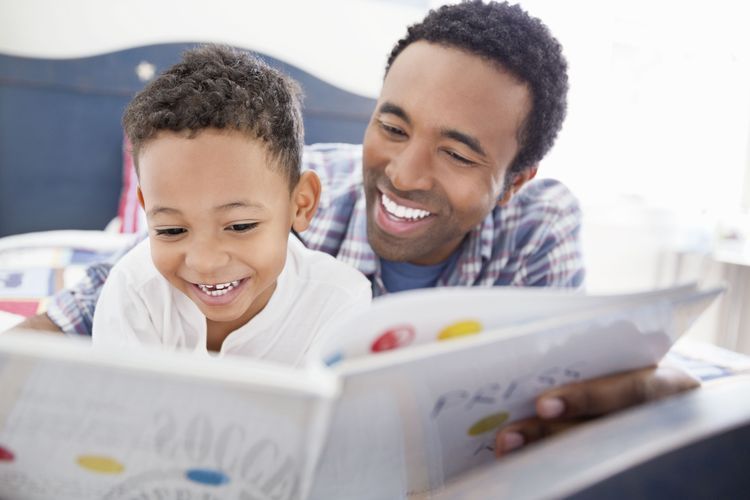
Games for learning to read
With the help of cubes or cards with letters and syllables, you can play different educational games with your child. Let's take a few examples.
Garages
Take a word of 3-4 syllables and place the cards in random order on the floor. Explain to the child how these syllables are read. These will be garages. Give the child different toys and offer to send them to the garage as you wish: for example, the car goes to the TA garage, the bear goes to the RA garage, the ball rolls to the KE garage, and so on. Make sure your child is positioning the toys correctly. At the end of the game, invite the child to make a word from garage syllables. Perhaps not the first time, but he will get a "ROCKET". Gradually introduce new syllables into the game.
<
Store
Lay out images of various goods on the table - this is a store, and you are a seller. Give your child a stack of cards with syllables - they will function as money.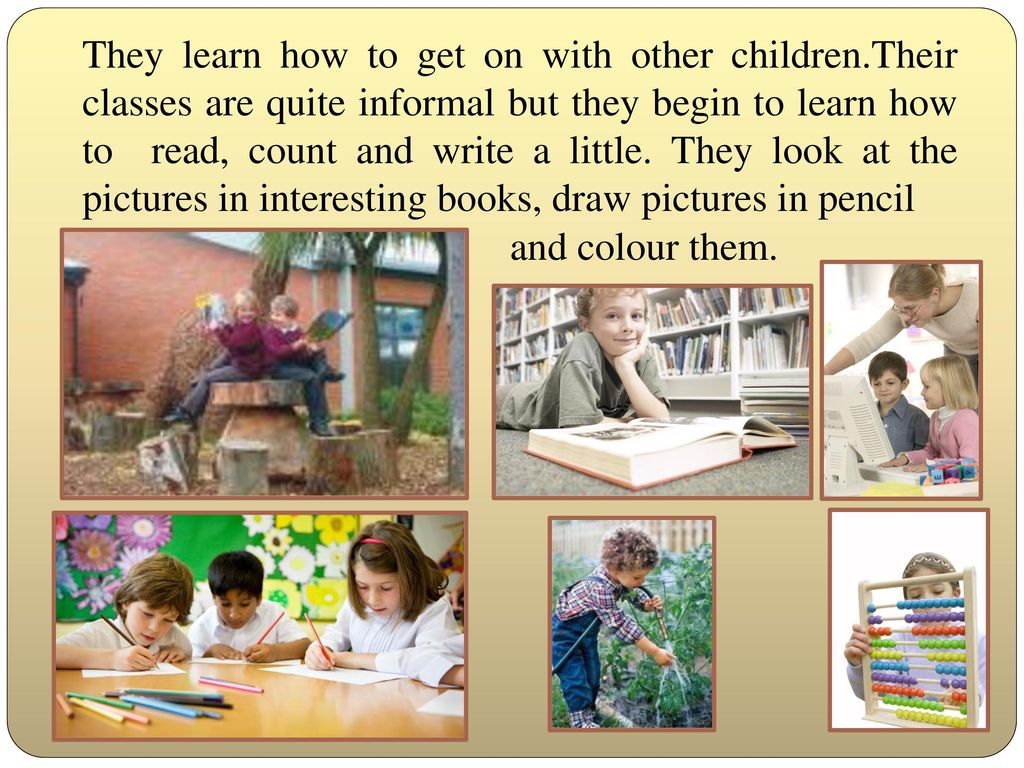 The child needs to buy all the items in the store, but each item is only sold for the syllable it starts with. For example, fish can only be bought for the syllable "RY", milk - for the syllable "MO", and so on. Give your child a few extra cards to make the task more difficult. When he gets used to it, change the conditions of the game: for example, sell goods not for the first, but for the last syllables. The game is both simple and complex: it will allow the child to understand that words are not always spelled the way they are pronounced. After all, a cow cannot be bought for the syllable "KA", for example.
The child needs to buy all the items in the store, but each item is only sold for the syllable it starts with. For example, fish can only be bought for the syllable "RY", milk - for the syllable "MO", and so on. Give your child a few extra cards to make the task more difficult. When he gets used to it, change the conditions of the game: for example, sell goods not for the first, but for the last syllables. The game is both simple and complex: it will allow the child to understand that words are not always spelled the way they are pronounced. After all, a cow cannot be bought for the syllable "KA", for example.
Lotto
Game for several people. Give the children several cards with syllables. Take out the cubes with syllables one by one from the box and announce them. Whoever has a card with such a syllable - he takes it. The first person to complete all the cards wins. During the game, children will accurately remember the syllables that they had on their hands.
Summary
Finally, a few more tips on how to teach a child to read:
- It is better to start teaching children to read by memorizing letters.
 It is important that the child can recognize and name them without hesitation.
It is important that the child can recognize and name them without hesitation. - In the early stages, pronounce the consonants as they are read in words: not [em], [el], [de], but [m], [l], [d] - this way it will be easier for the child to find his bearings.
- Sculpt letters from plasticine, draw and color, buy an alphabet with voice acting - use all the channels of the child's perception.
- Gradually build letters into syllables and then into words. Play rearranging letters and syllables, let the child experiment.
- Teach your child rhymes about the letters of the alphabet, look at the primer, use cards with letters and pictures. Thanks to the illustrations, the child will be able to memorize the symbols faster.
- Distribute the load: fifteen minutes a day is better than an hour twice a week. Alternate entertaining and serious tasks.
- You can hang signs with their names on objects in the child's room - the child will quickly learn to recognize them in texts.
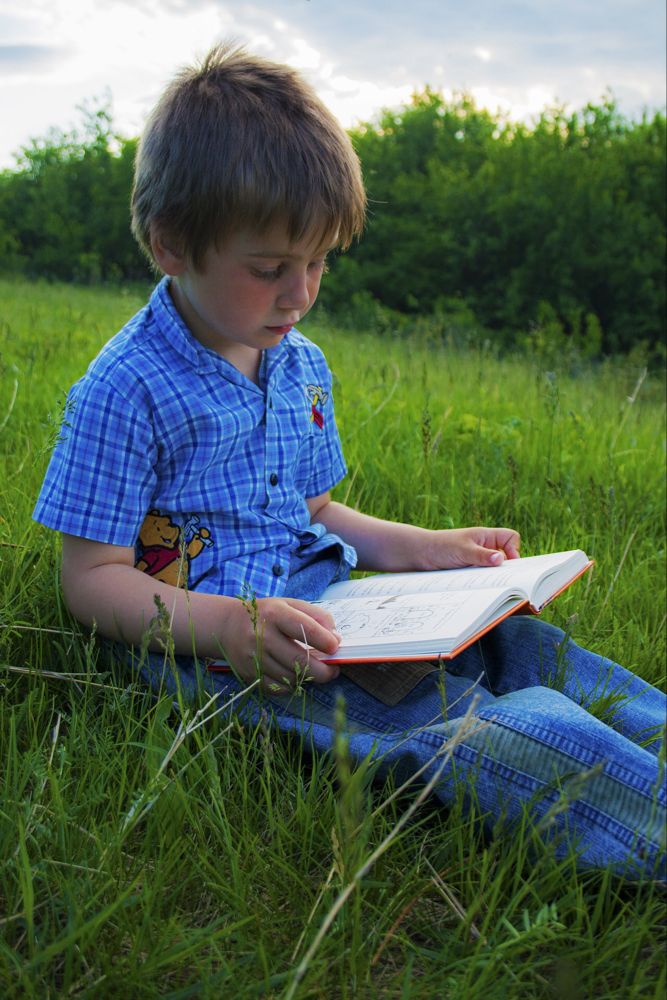
- Read aloud regularly to your child and gradually introduce them to independent reading. Every evening, offer to read at least a few lines from a well-known book on your own.
- Lead by example. For a child to want to learn to read, he must regularly see you with a book.
We hope that our recommendations will help you teach your preschooler to read. Even if your child is just learning to read, at Foxford Elementary School he will be able to improve his skills.
At what age should a child be able to read
The ability to read is one of the basic human social skills. Without it, it is impossible to receive and transmit information, therefore this skill should be developed in every person. Modern parents strive to teach their child to read as early as possible, so that by the time they start learning, they already have some knowledge base. So when should a child start doing this?
Content:
- A Few Important Details
When We Begin
Experts disagree about teaching children to read early, and neither do parents. Someone thinks that a child should get basic reading skills even before entering school: this will make it easier to adapt to the educational process. Others are sure that a teacher in the 1st grade should teach a child to read, since an unnecessarily early start to school is harmful for children: let them enjoy their childhood for now.
Someone thinks that a child should get basic reading skills even before entering school: this will make it easier to adapt to the educational process. Others are sure that a teacher in the 1st grade should teach a child to read, since an unnecessarily early start to school is harmful for children: let them enjoy their childhood for now.
Learning too early - why it is harmful
The development of a child's cognitive abilities follows certain patterns, certain stages, it is undesirable to change or accelerate it, and often it is completely impossible. Until the age of five, children think figuratively - in pictures, and it is difficult for them to perceive information in the form of letters, numbers or other signs. And even having understood the general principle of reading, little students read, but they cannot understand the essence of what is written.
Learning to read early can lead to health problems:
- excessive brain tension;
- abnormal blood flow to the cerebral hemispheres;
- eye strain.

Intensive classes can unbalance the development of different types of thinking in a child: the emphasis will be on the logical, and the figurative will be “abandoned”. Yes, the child will become better at remembering, speaking, analyzing, thinking logically, but the development of the right hemisphere will be slowed down, and it is responsible for no less important dreams, emotions, understanding of music and color. The emotional development of the baby will be somewhat retarded, and at an older age this may respond with serious problems in the form of:
- lack of ability to empathize with others;
- difficulties with correct understanding of one's emotions;
- inability to determine one's strengths and weaknesses;
- difficulties in understanding one's own and social values;
- isolation and uncertainty.
It is known that many geeks are developed from early childhood, but most often, growing up, they do not have happiness and are poorly adapted to the realities of the world around them.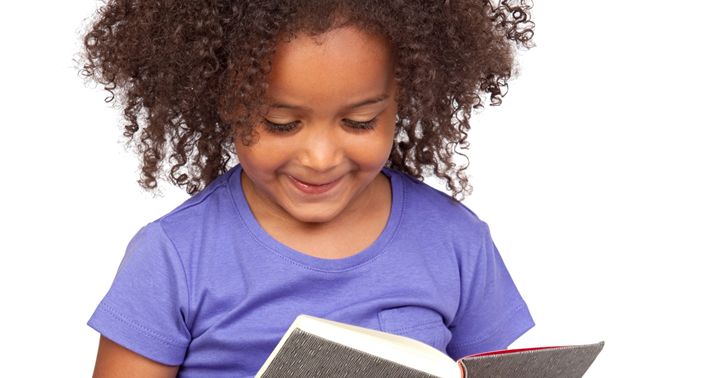 Therefore, it is more important to raise a socially adapted person from a child than to teach him to read too early.
Therefore, it is more important to raise a socially adapted person from a child than to teach him to read too early.
What the experts say
Psychologists, psychophysiologists and other experts recommend starting to teach a preschooler to read not earlier than he is 5 years old, but at the same time he must be ready to learn. They say about it:
A healthy five-year-old child usually has all of these skills. And at this age it is time to get acquainted with letters and sounds, then by the time of admission to grade 1, the child will master reading at a sufficient level.
Is it possible to instill a love for reading
It is not enough to teach a child to read - he still needs to instill a love for this occupation. View your favorite books and read them, study the illustrations, get acquainted with the adventures of the characters. It is important that older family members show the child that reading is an amazing learning opportunity, and not a hateful duty. It will be useful if the child saw people with books in his close circle, then, imitating them, he himself will want to plunge into the world of literature.
The first reading lessons should be conducted in the format of a game: in this way the material will be absorbed by the child easier and better, the child will not have time to lose concentration during the lesson, and avoid stressful experiences.
Choosing a teaching method
Today there are many methods to teach a child to read, it is important to choose the one that suits your child.
Perhaps the most popular method is classes in the classical alphabet (the alphabet itself can be developed by any author).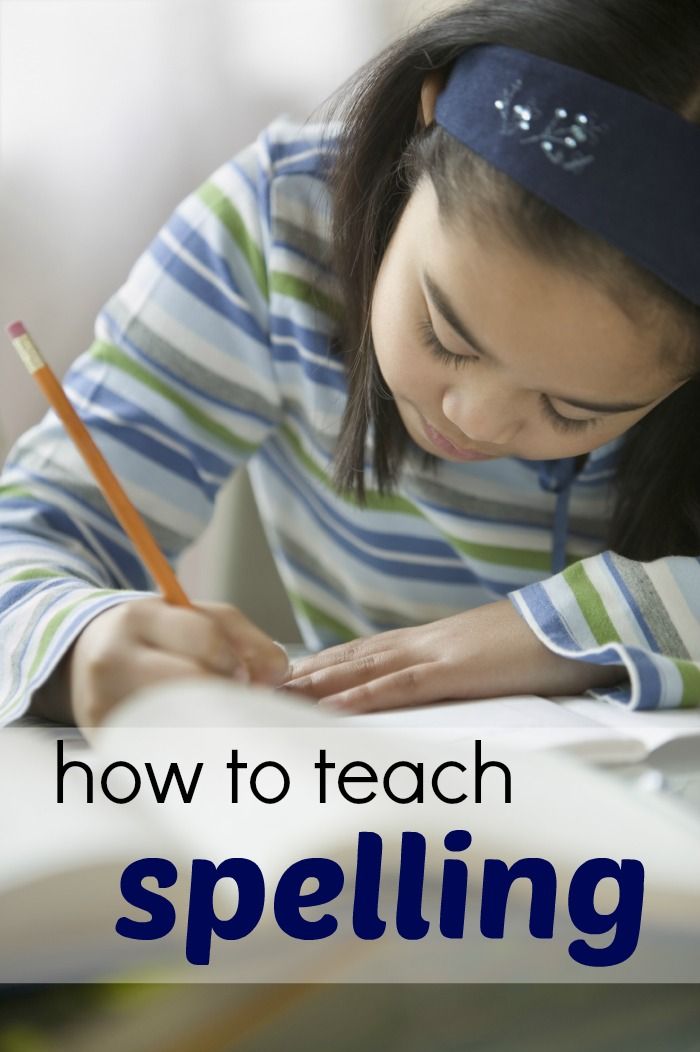 The kid quickly remembers the letter, as it will now be associated with a certain picture. Later, you can move on to another well-known book - the primer and study reading by syllables from it.
The kid quickly remembers the letter, as it will now be associated with a certain picture. Later, you can move on to another well-known book - the primer and study reading by syllables from it.
Many techniques are based on the use of cubes or tablets. They are convenient and interesting, but are often criticized by school teachers. It is believed that such training misses a very important component - basic familiarity with the alphabet.
The most famous of these techniques:
- Zaitsev's cubes - the emphasis is on making syllables from individual letters and words from syllables, understanding vowels, unvoiced and voiced, hard and soft consonants.
- Chaplygin cubes - training not only allows you to compose syllables and words, but also develops fine motor skills, and this will have a beneficial effect on the overall development of the child;
- Glenn Doman's cards - learning is based on the use of visual memory: syllables and words are printed on cards, and the child memorizes their spelling;
- "Skladushki" by Voskobovich - 21 cards with syllables, from which you can build houses with whole words.

The Montessori method is another well-known teaching option. Toddlers first master the letter, then move on to getting to know the letters, and then learn to read the syllables.
Are there any downsides to learning to read at home? In addition, at home, parents usually miss such an important part of the lesson as the sound analysis of the word, and the child may also have difficulty breaking down words into syllables. It is not easy to correct this mistake later, therefore it is better to immediately entrust a professional teacher to teach the child to read and write. It can be either a private tutor or a teacher of preparatory courses before the first grade - such classes are held today in literally every school.
A few important details
If you decide to teach your child to read at home, it is important to follow a few rules. All studies should be built on the principle “From simple to complex”, that is, you first need to learn letters and sounds, then you can start to compose them into syllables and only then move on to whole words.

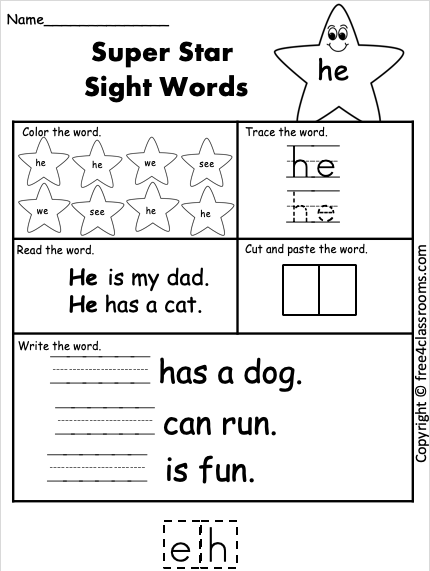
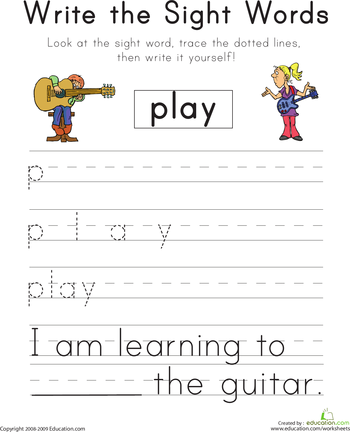



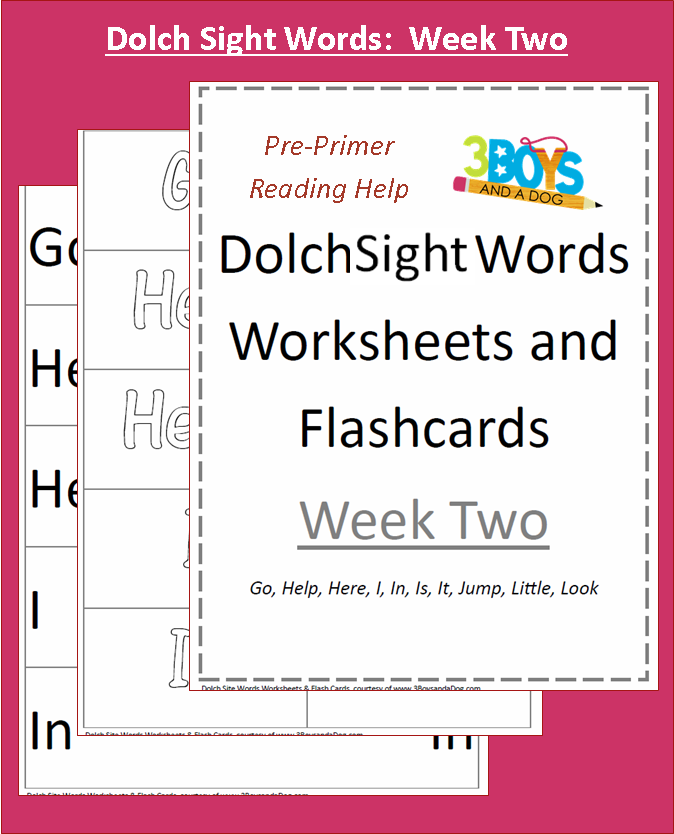
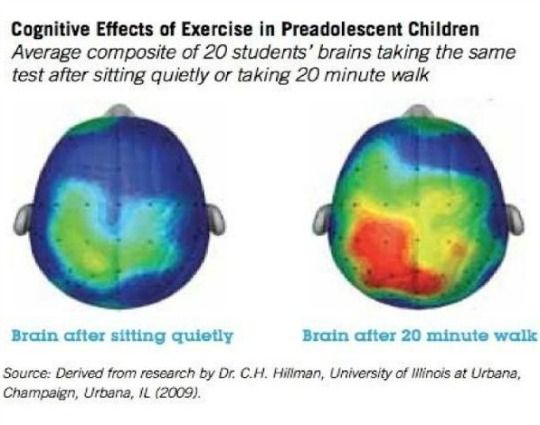
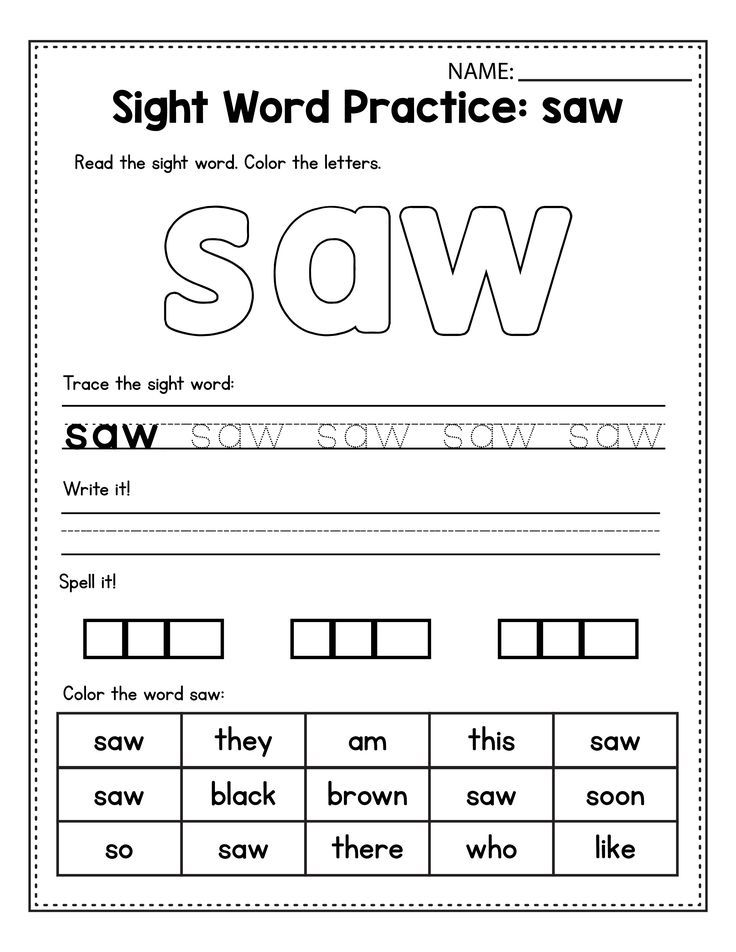
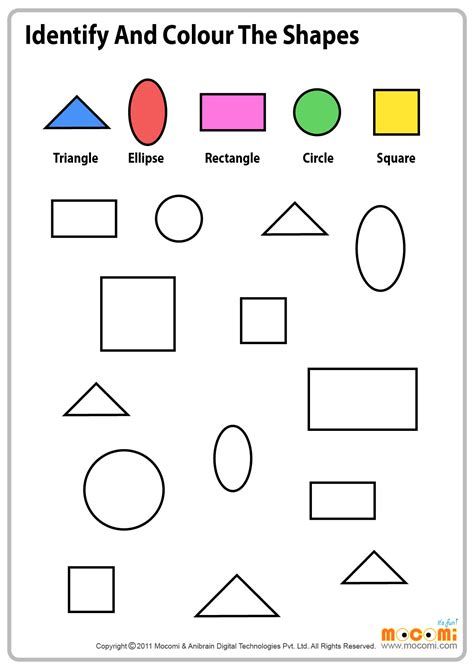
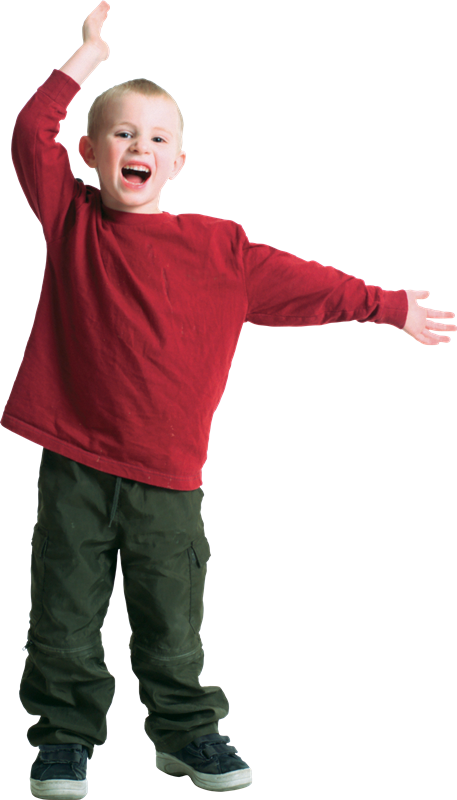.png)
